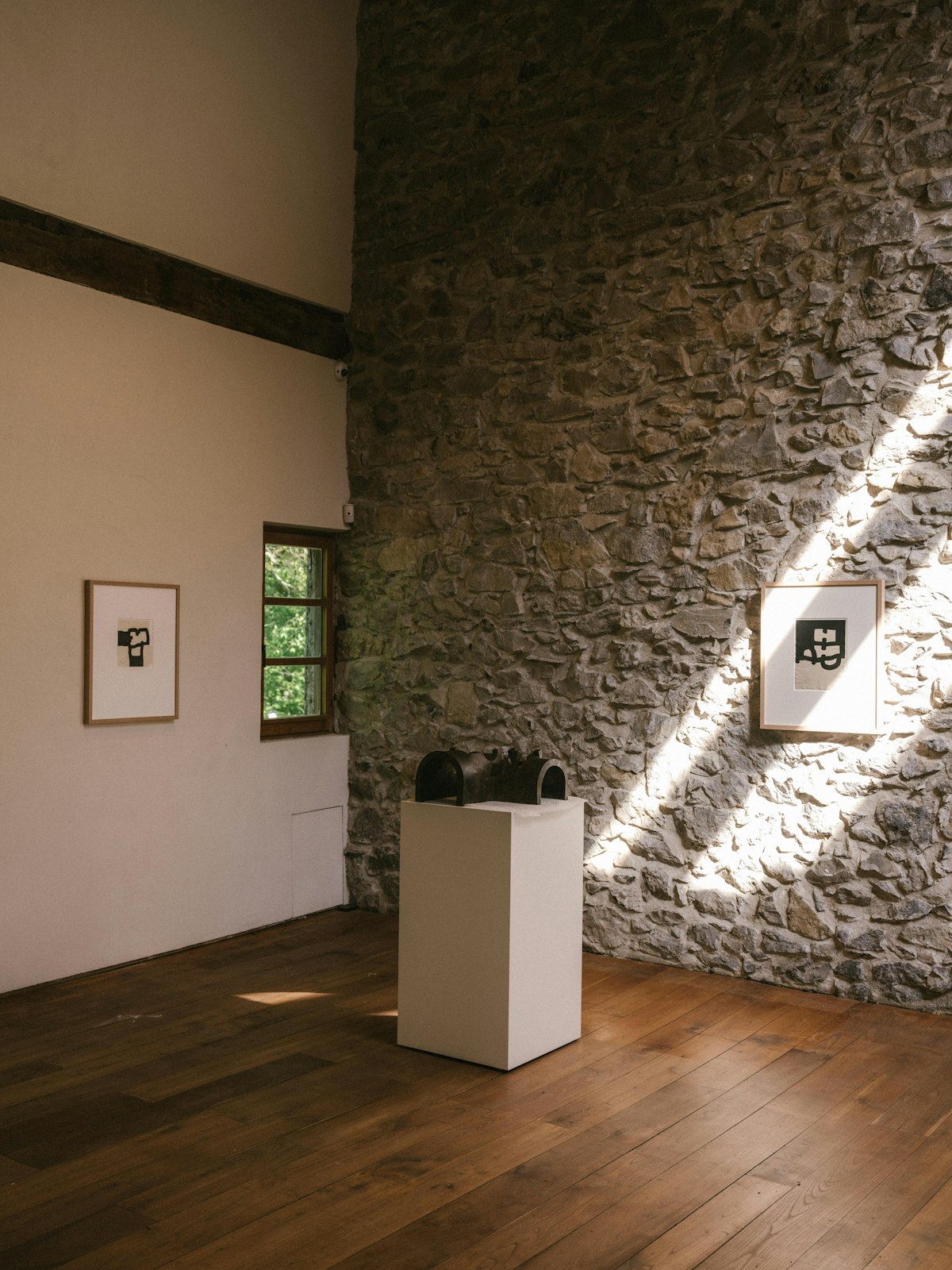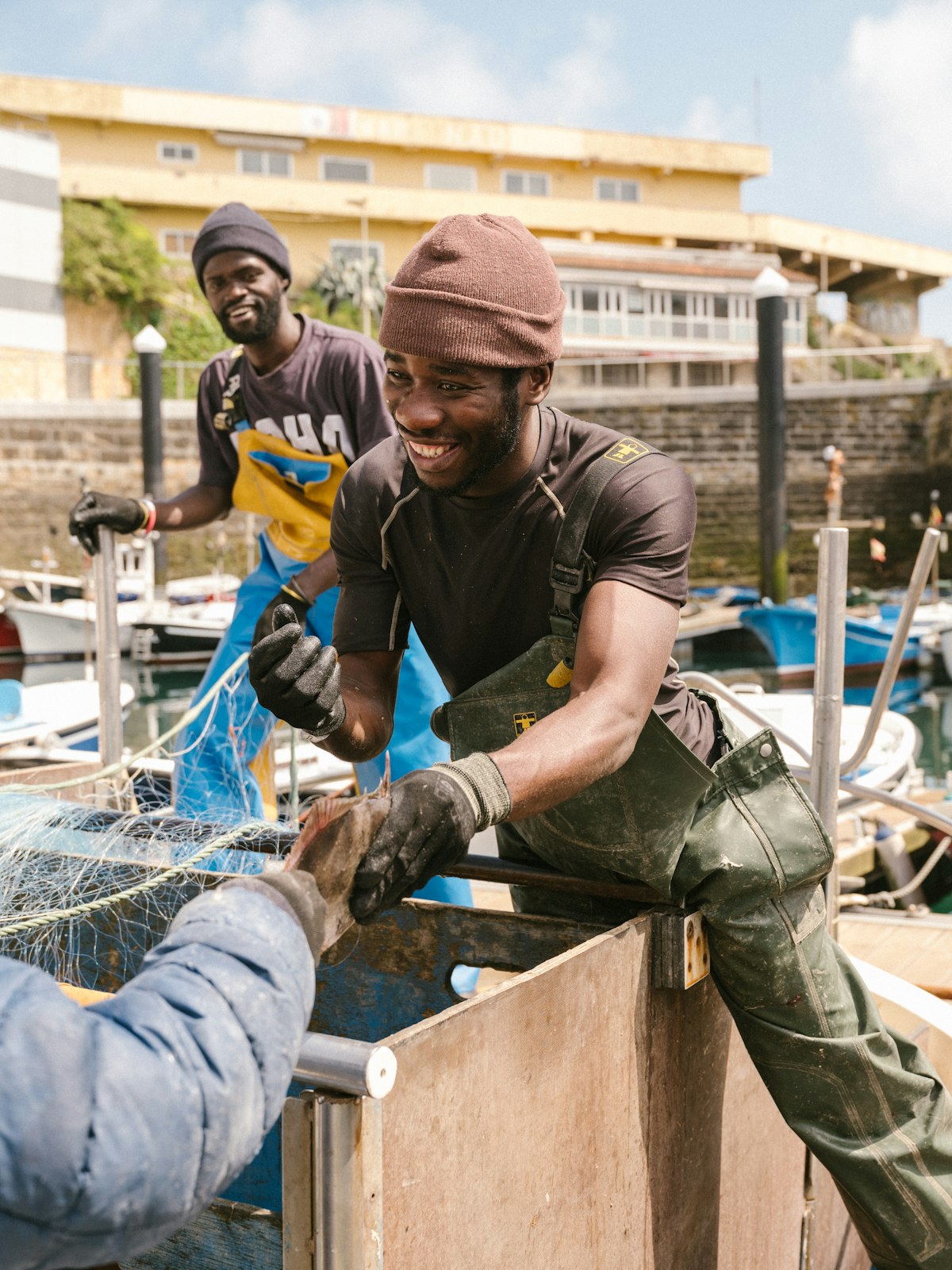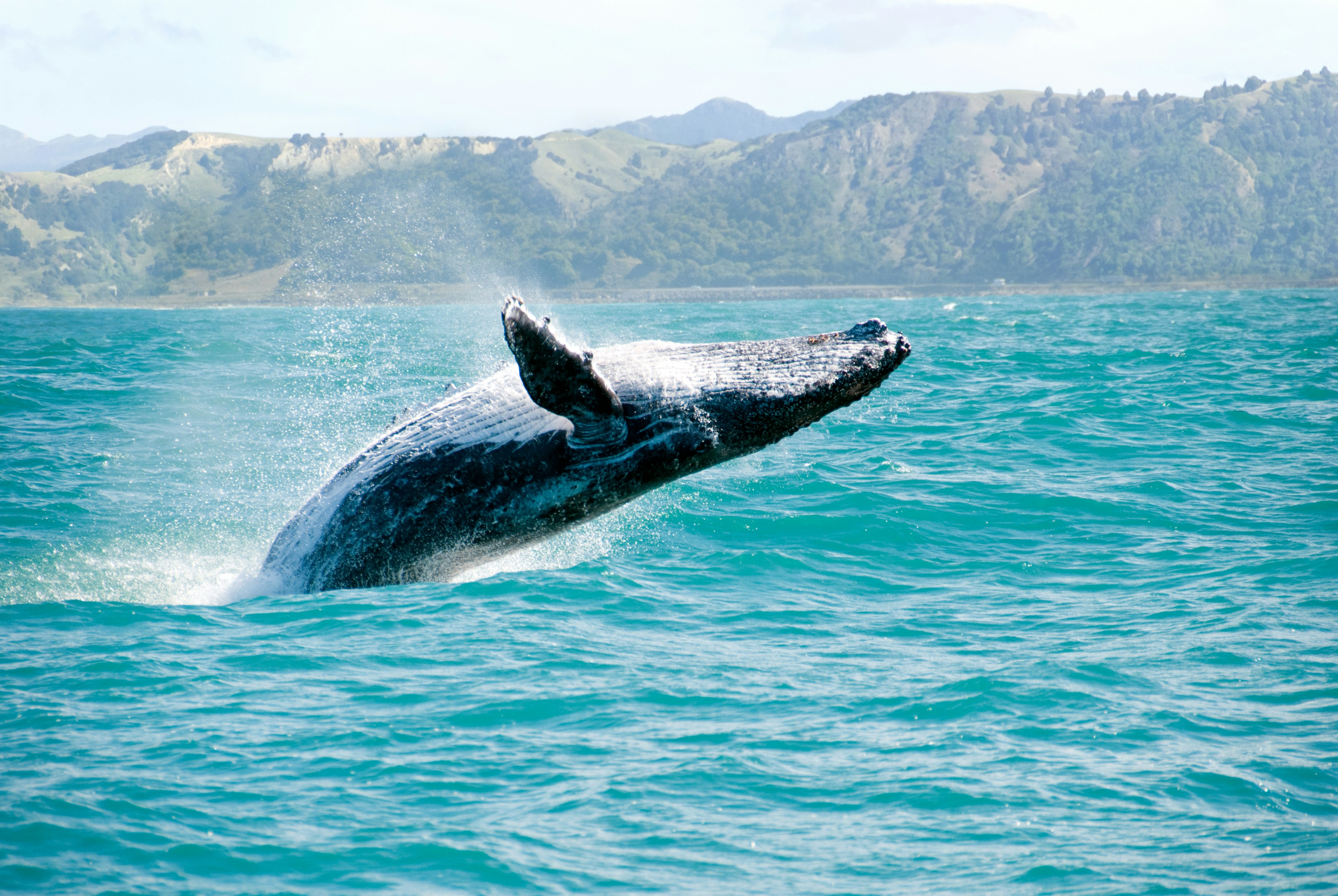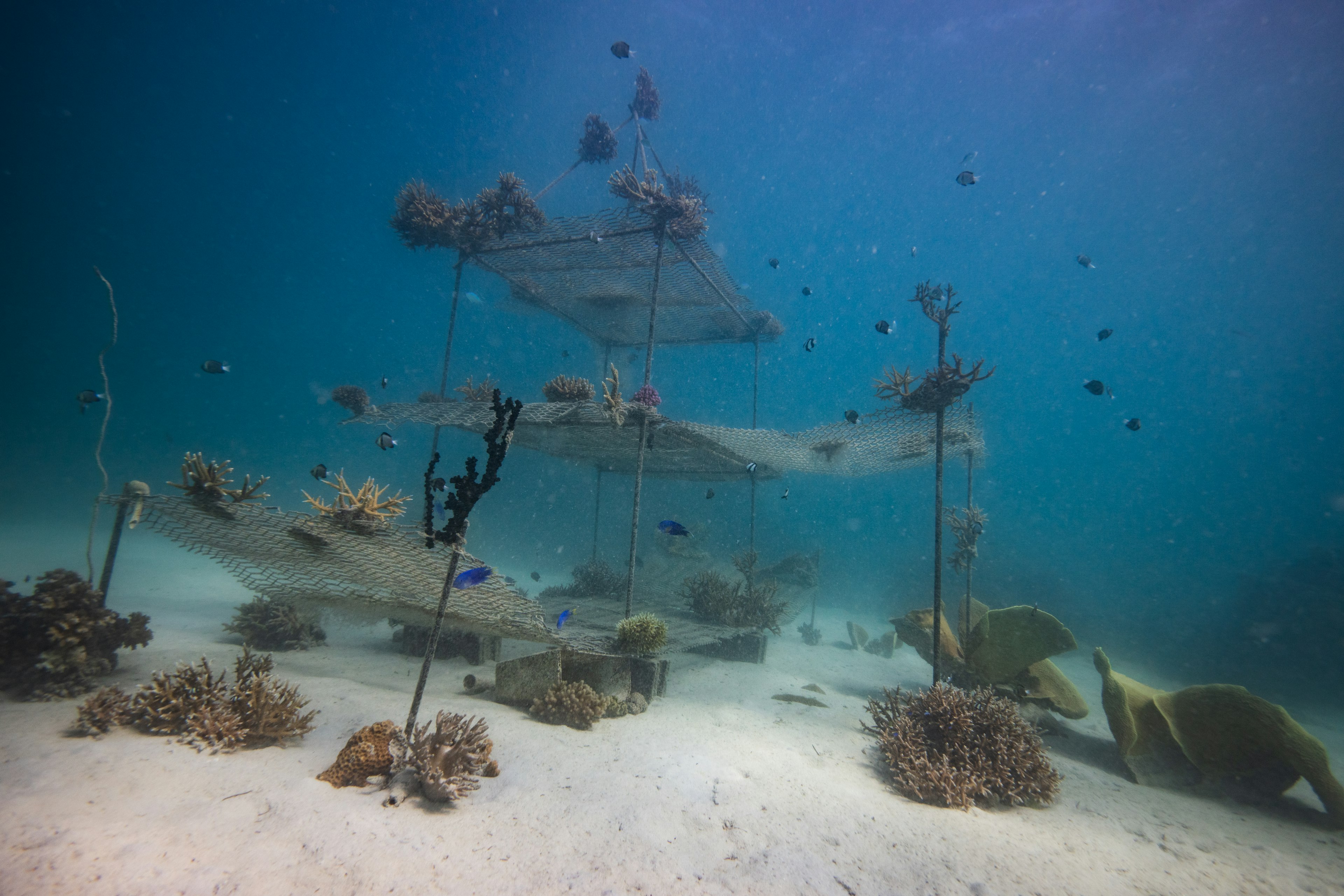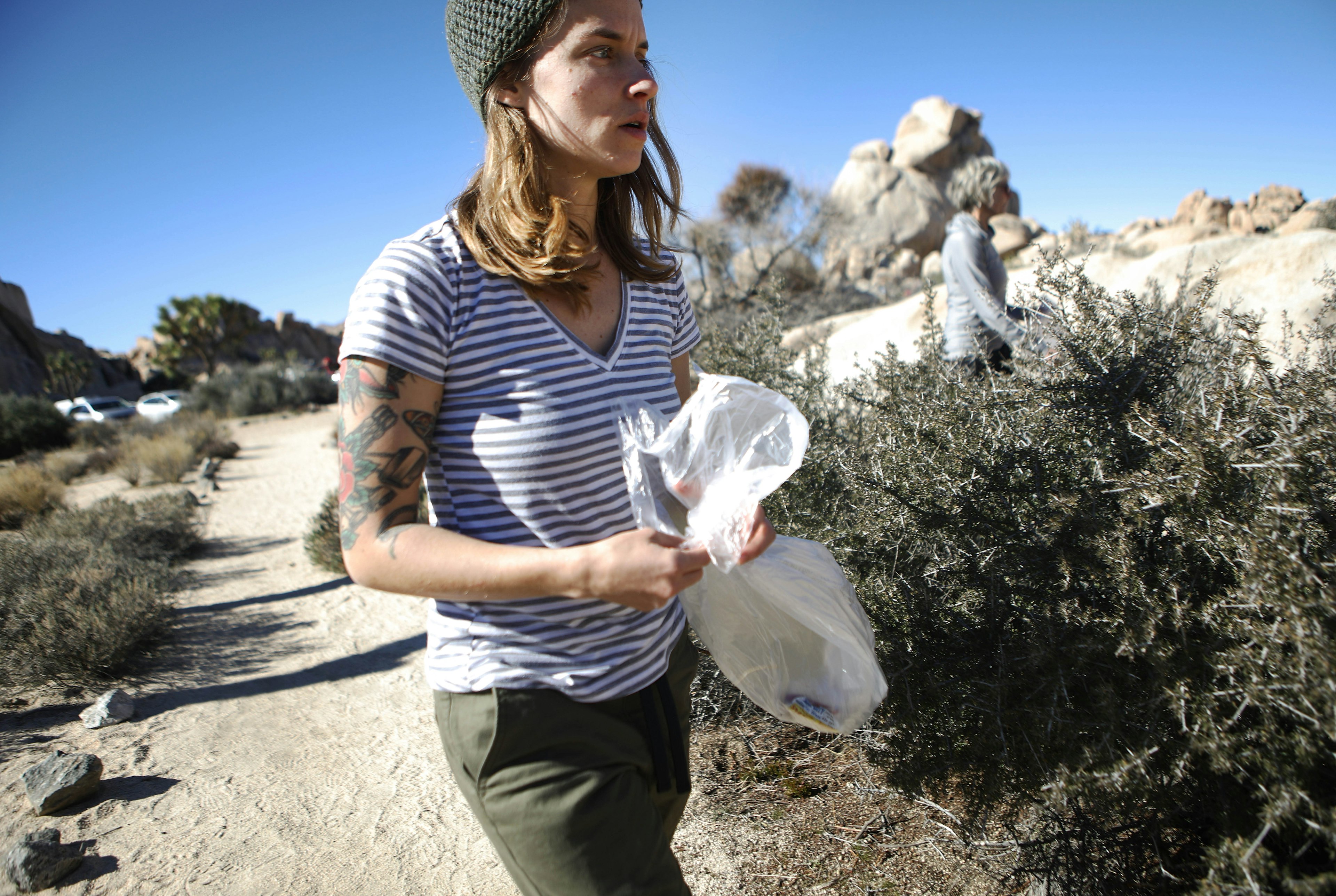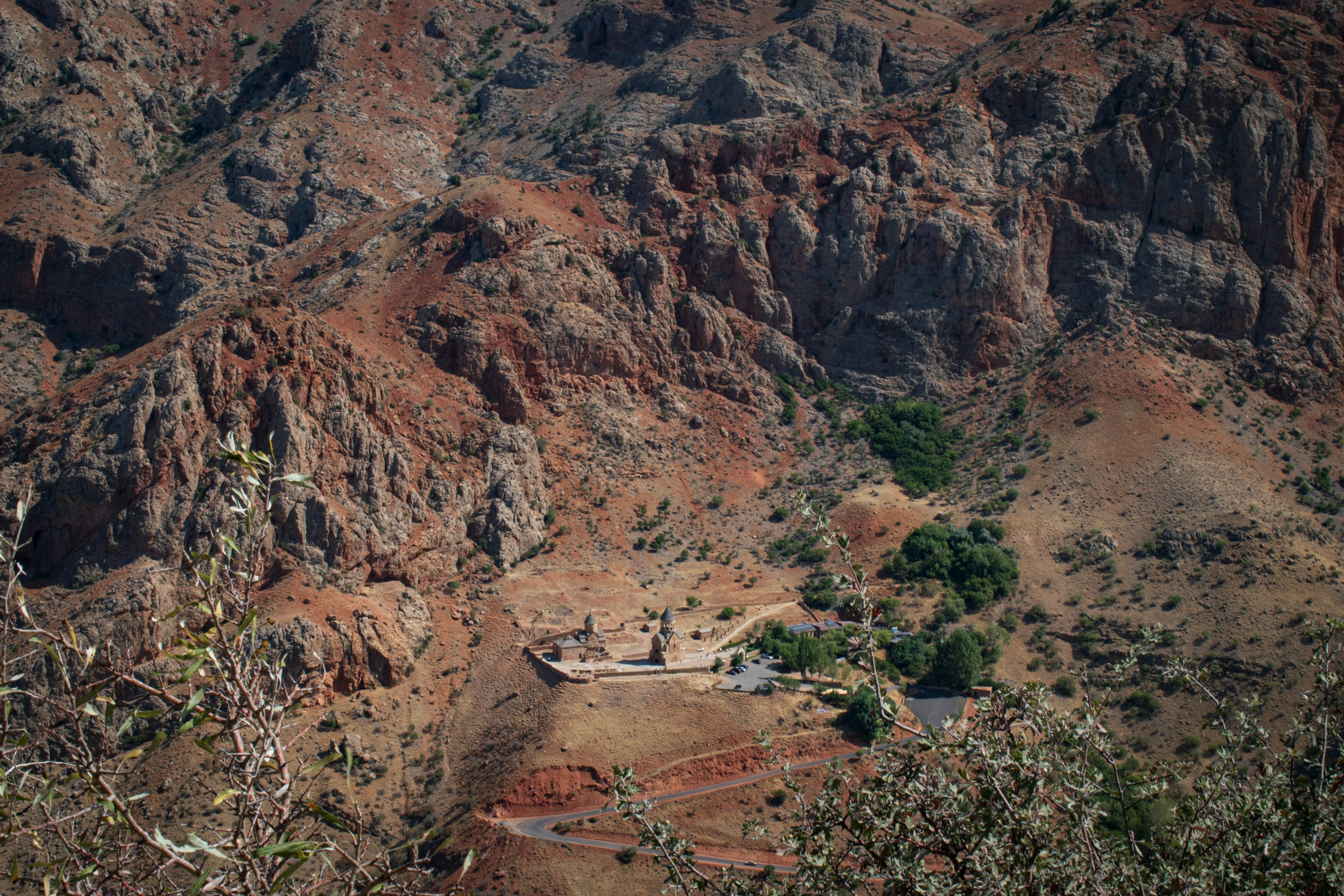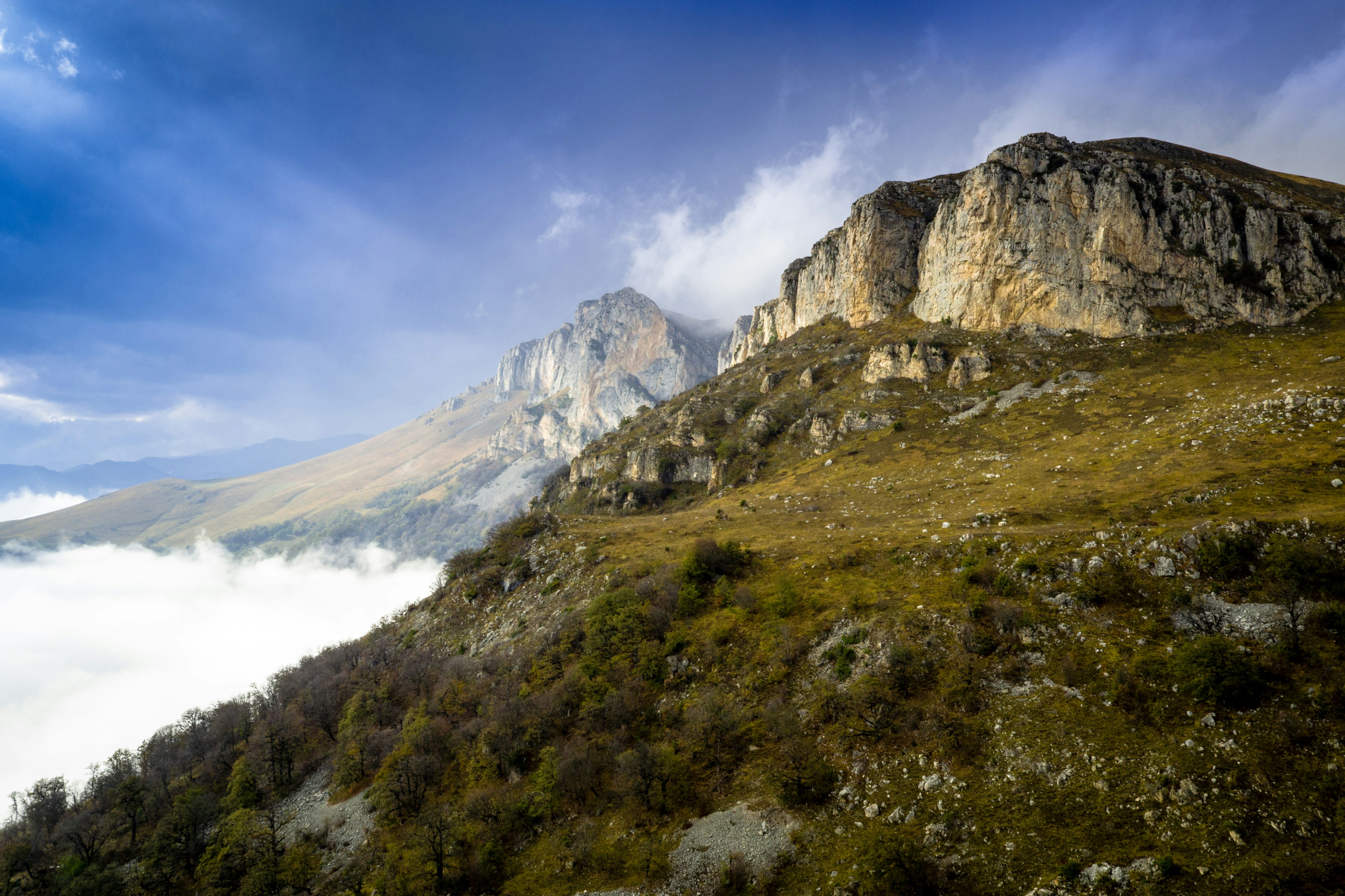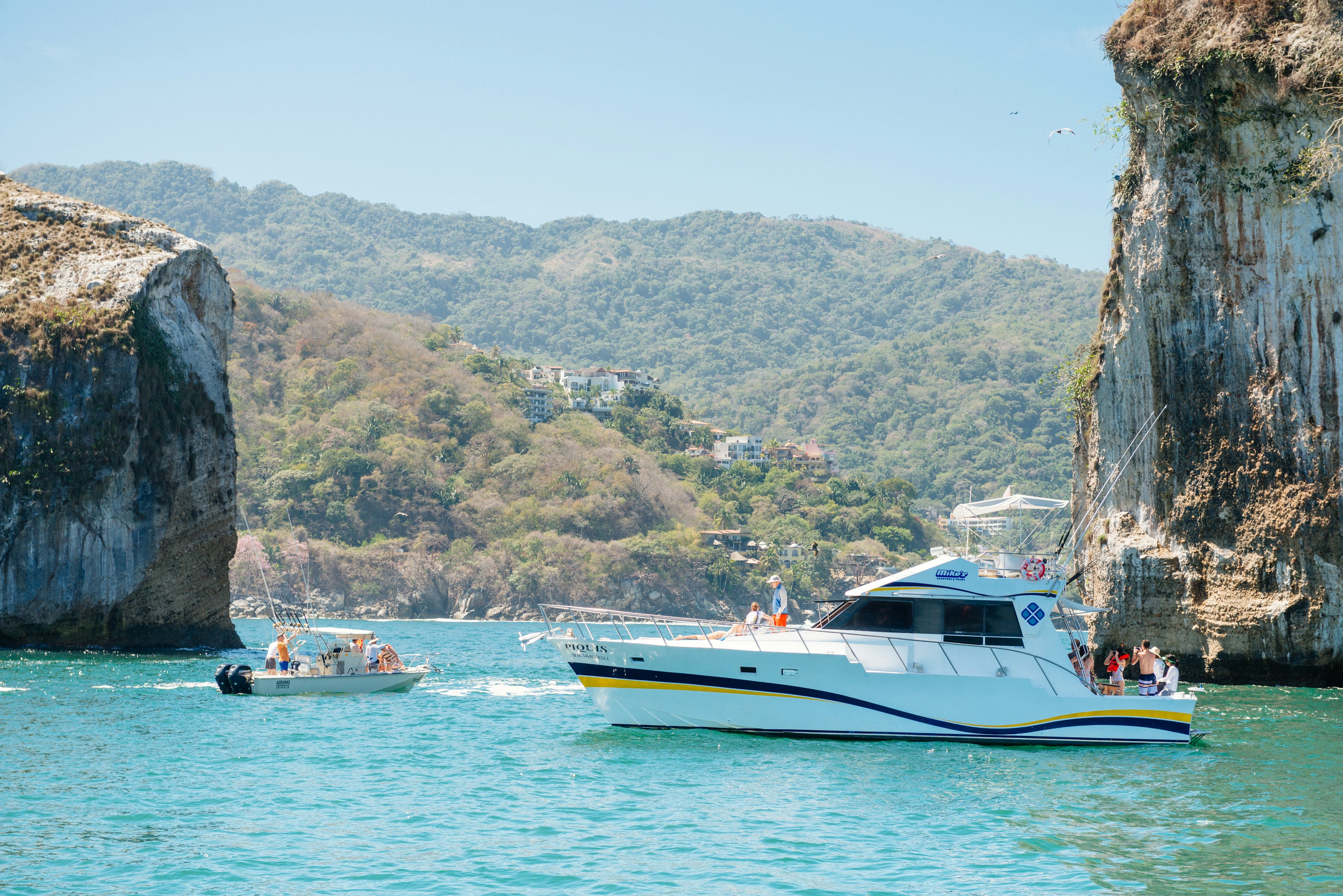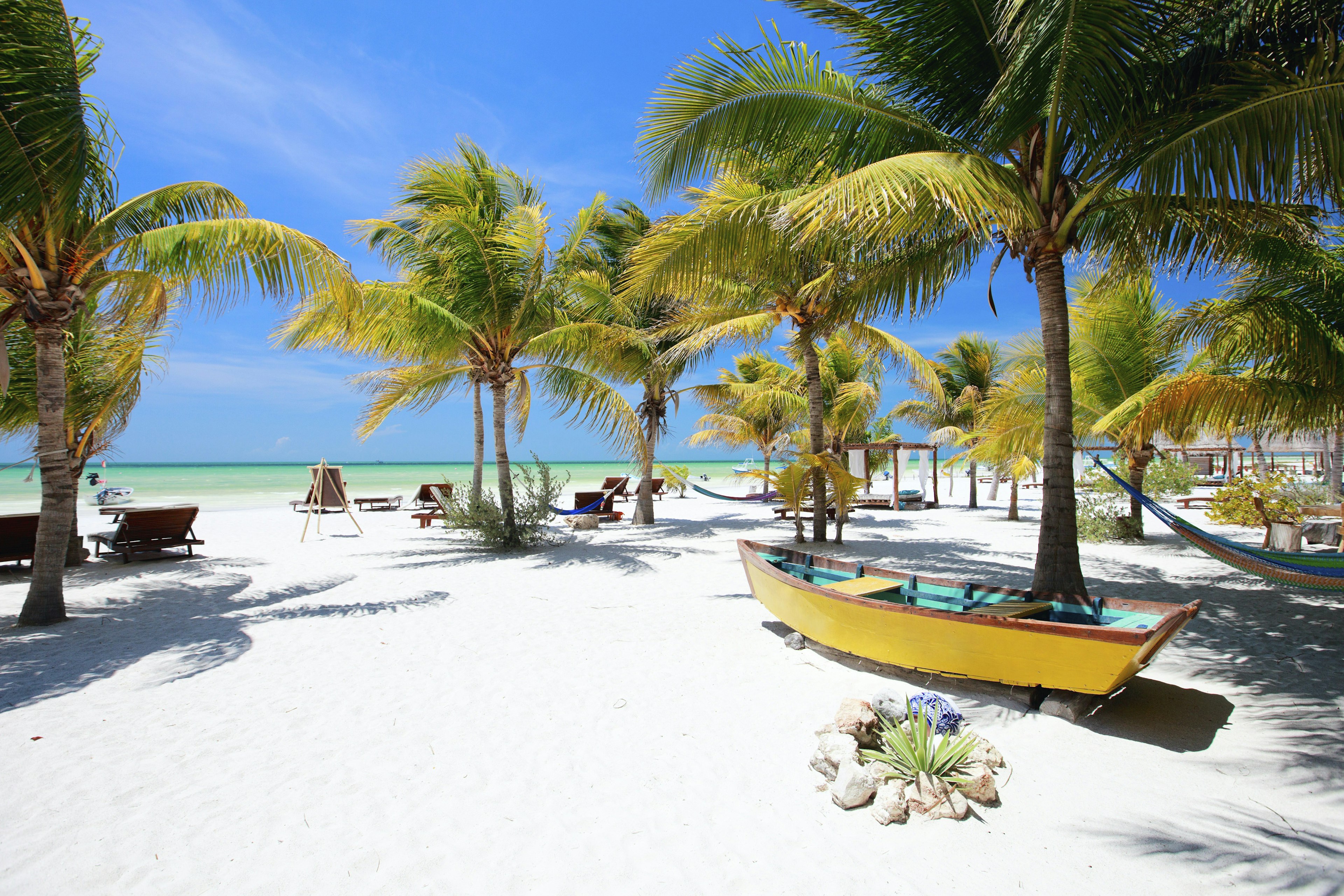Nothing says summer in the USA like heading to the lake. The only challenge is finding the perfect place to make all your summer vacation dreams come true. We asked our expert writers and staff to share their favorite lakes for a vacation, and here are 11 amazing options.
Bear Lake, Utah
Recommended by Bailey Freeman
Gazing out over the expanse of Bear Lake, you’d be forgiven if you thought you were in the Caribbean. Limestone gives this gem its distinctly turquoise hue, making it a fascinating visit – particularly as it’s situated just about as inland as you can get, along the Utah and Idaho border. Scientists have confirmed that the lake is at least 250,000 years old, but it’s probably much older. Bear Lake is thought to be one of the oldest lakes in all of North America, owing its existence to a fault line that’s still deepening the lake to this day.
Beyond this history, Bear Lake is a recreational joy, with folks coming from far and wide to boat, sail, fish, ski, and lounge on its alternately sandy and rocky beaches. Due to the area’s unique climate, Bear Lake is also well known for its abundance of delicious raspberries; don’t miss the shakes and smoothies for sale in the businesses around its shores.
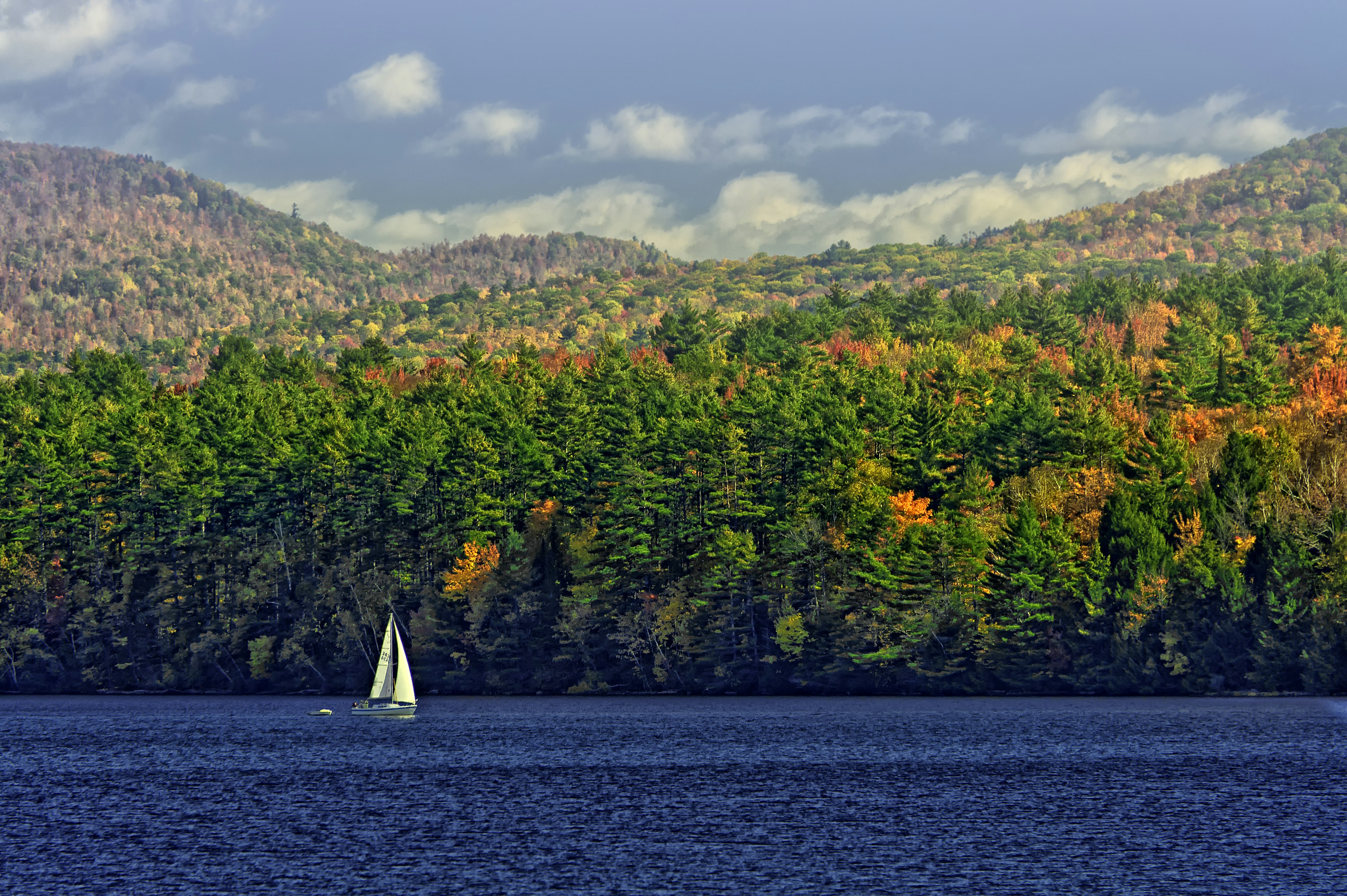
Lake Champlain, Vermont and New York
Recommended by John Garry
Legend says Champ, an enormous aquatic reptile, lurks below the surface of Lake Champlain. Luckily, there’s no need to worry about the mythological mascot. Of all the treasures found in New England’s largest lake, the Loch Ness monster’s long-lost cousin isn’t one of them. As the so-called “Sixth Great Lake” splashes between New York’s Adirondacks and Vermont’s Green Mountains, you’ll find motorboats whizzing across the surface and scuba divers descending to the 300 historic shipwrecks below. You can explore America’s bloody beginnings at historical war sites like New York’s Fort Ticonderoga, Vermont’s Mount Independence, and the Lake Champlain Maritime Museum. And if you visit Burlington – Lake Champlain’s largest town – experimental microbreweries and farm-to-table restaurants are all a stone’s skip away from shore.
Lean into lake life by staying on one of Champlain’s many islands. In summer, the population on pastoral escapes like Isle La Motte and South Hero nearly doubles as vacationers arrive to camp, paddle and fish around waterfront parks. Anglers beware: you might spot a six-foot-long sturgeon roaming in the deep – the closest you’ll get to a modern-day Champ.
Vermont’s 7 best hiking trails

Lake George, New York
Recommended by Alicia Johnson
I can’t promise lots of quiet time here. Truthfully, this place is booming during the summer months. But when you see the dense foliage, the small town and, of course, the gorgeous lake that bears the same name of many sites, the crowds are a fair compromise. Lake George, located in the Adirondacks region of New York, is a four-hour drive north of Manhattan, but it might as well be a different country. There are so many trees, and the air feels lighter as you head up I-87.
Fully lean into this small-town life by booking passage on a steamboat for a quick tour around the lake, then pop into Nina’s Sweet Shoppe for a scoop of Maple Walnut or Oregon Blackberry Cheesecake or Chocolate Peanut Butter ice cream. No matter where you venture, the lake remains a centerpiece of activity; boats cruising across the lakes with squealing participants get tugged behind or soaring a few feet above or lake-side restaurants buzzing with conversations.
My family often went to Lake George during autumn, when the leaves change into vibrant reds, yellows and oranges. The crowds thin, the air crisps and the lake seems calmer. Even my moody teenage self could appreciate the serenity.

Cayuga Lake, New York
Recommended by John Garry
New York’s 11 glacier-gouged Finger Lakes splay across the landscape like a giant’s slender hand. Tiny towns, vineyards, forests and farmland sparkle along shores like charms on a bracelet, and Cayuga – the longest lake – is the most well-adorned. Follow the 87-mile scenic byway looping Cayuga for an excursion that satisfies everyone from oenophiles to ornithologists. Ithaca, a hippie haunt with Ivy League pedigree, anchors Cayuga’s southern tip – home to farm-to-taste bud favorites like Moosewood (the nation’s longest-running vegetarian restaurant) and Ithaca Beer Co. (a craft chemist heaven). If you’re curious why every sign in town declares “Ithaca is Gorges,” hike through Taughannock Falls State Park, where a 215ft cascade carves through the cliffs. Montezuma National Wildlife Refuge, on Cayuga’s northern shore, is another must-see park where bald eagles rule the roost.
The Finger Lakes are like New York’s answer to Napa. Over 100 vineyards blanket the region, and on the Cayuga Lake Wine Trail, you can taste what these vineyards do best: riesling, pinot gris and cabernet franc. If you need a designated driver, consider a Water to Wine boat tour, which shuttles small groups to Cayuga’s lakeside vintners.
The 10 most stunning hikes in New York State
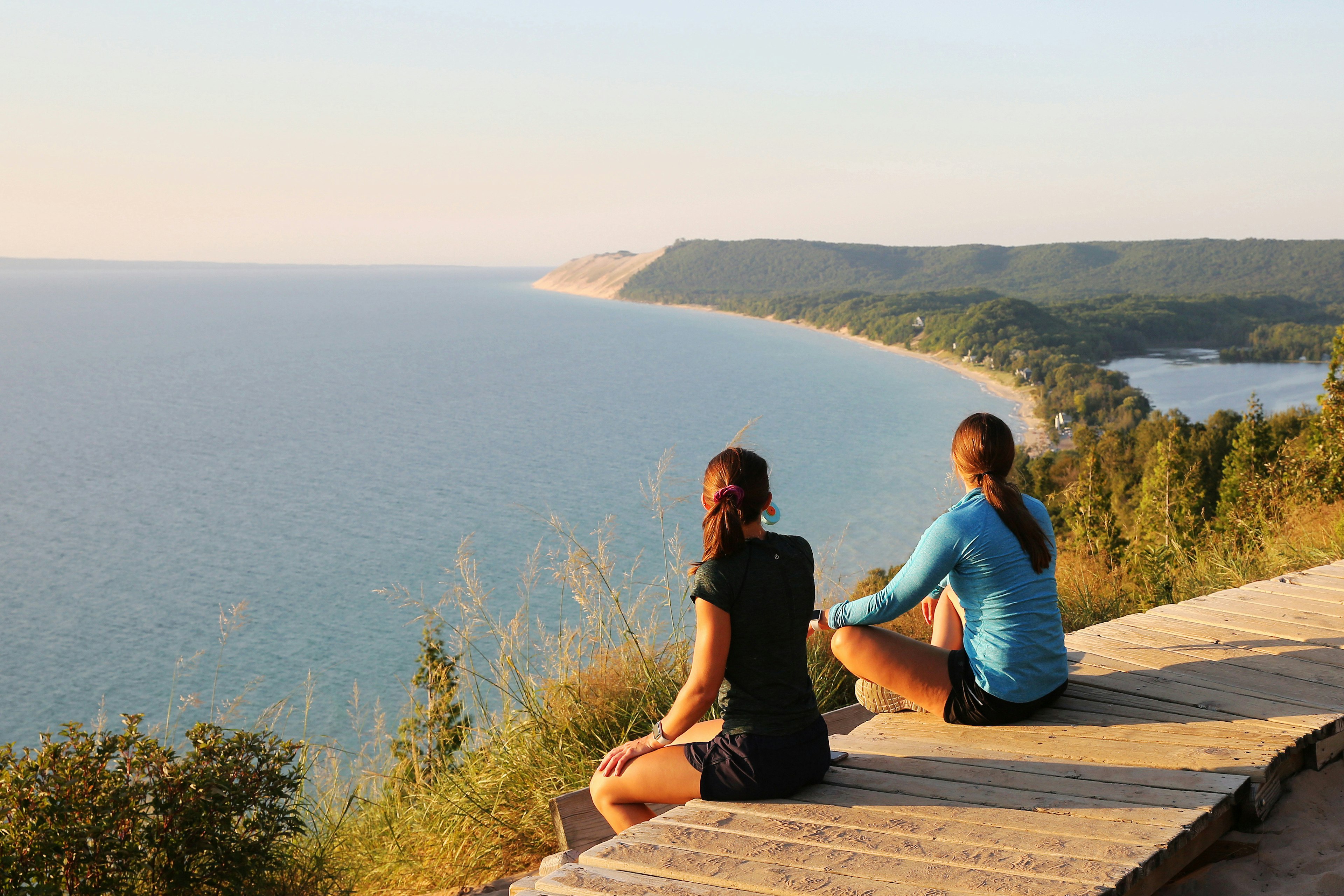
Lake Michigan
Recommended by Mara Vorhees
The Great Lake State is ringed with magnificent bodies of water, but none is better for an old-fashioned summer vacation than Lake Michigan. Partake of all the expected wet and wild activities here, such as fishing, swimming, sailing and even surfing. Lake Michigan even has a few features that make it extra special, such as its two dozen lighthouses — including the photogenic Ludington North Breakwater Light. Another place to explore is Sleeping Bear Dunes National Lakefront, which protects a magnificent landscape of sand and sky, with dunes towering hundreds of feet above the water.
The massive body of freshwater creates a mesoclimate in the southwest corner of the state, ideal for wine growing; follow the Lake Michigan Shore Wine Trail to get a taste of it. And up and down the coast, towns from New Buffalo to Harbor Springs offer eclectic shopping, sophisticated dining, and, best of all, glorious, technicolor sunset skies over the lake.
9 best beaches in Michigan

Lake Chelan, Washington
Recommended by Erin Kirkland
Stretching more than 50 miles (81 km) across the north-central region of Washington state, Lake Chelan terrain provides recreational diversity in its accessible parks, remote wilderness, and popular wineries. If it floats, it fits at Lake Chelan. Water is king here: there are launches for motorized- and paddle-sports out of Lake Chelan State Park, and myriad options for rentals if you don’t have your own equipment. Families will enjoy kid-friendly beaches like Don Morse Park and Field’s Point, or the Slidewaters amusement park and water slides. Trail scouts can access 14 major trailheads to a variety of tracks within the Okanogan-Wenatchee National Forest, and mountain bikers looking for fat-tire fun can pedal at a leisurely pace to Stormy Mountain, a quick 1.5-mile ride, or the longer, tougher Devil’s Backbone that provides junctions to other trails along its 13-mile route.
Wine aficionados can visit one of the 30 vintners along Lake Chelan’s shores and see why the glacial soils produce exquisite wines. Looking for a quieter experience? Catch a boat “up lake” to the tiny community of Stehekin, nestled at the head of Lake Chelan and a jumping-off point for backcountry adventures between June and early October like trail rides, hikes, and history tours of the Stehekin valley area. Stay overnight at a quaint cabin for rent or one of two multi-guest lodges near town.
Everything you need to know before visiting Washington State

Lake Washington, Washington
Recommended by Chamidae Ford
Few places hold the undeniable charm that Lake Washington does. Seattle is a special gem, as nature and city life combine for the perfect summer adventure. With several swimmable lakes right in the city, you can spend your day enjoying the cool West Coast water before hitting the town in the evening. One of the best city lakes is Lake Washington. Not only is it huge (33.98 mi²), it can accommodate every type of lake life lover. Grab your friends and take a boat out, balance atop a paddle board while enjoying the view, or take a dip closer to shore. There are tons of public beaches surrounding the lake that you can spend the day on. Madison Beach is a local favorite: with grassy hills to spread out and savor the sun, a sandy shoreline, and diving boards that the city brings out each summer, you won’t want to leave. On clear days, you can even see a perfect view of the towering Mount Rainier in the distance. There is no better way to feel the energy of Seattle summer wash over you.

Grand Lake, Colorado
Recommended by Liza Prado
Grand Lake is Colorado’s largest and deepest natural body of water, a high-elevation lake with clear waters and spectacular mountain views. It’s popular for boating and paddling, which are good ways to explore the lake’s hidden coves, beaches and islands. Pontoons, kayaks and paddle boards can be rented from Grand Lake Marina & Boaters Choice. You can also enjoy the views from the lake’s namesake town, with a historic district dotted with art galleries and homegrown cafes, like the Sagebrush BBQ & Grill (known for its wild game dishes). A boardwalk hugs part of the lake’s north shore, a go-to spot for souvenirs, ice cream cones, or a midday pint.
Just a mile away is the western entrance to the breathtaking Rocky Mountain National Park with its epic hiking, Nordic skiing and snowshoeing (not to mention Trail Ridge Road, one of the most scenic drives in the state). Several small hotels around Grand Lake make good basecamps; the Shadowcliff Mountain Lodge is among the most affordable with dorm rooms and cozy riverfront cabins.

Lake Powell, Utah and Arizona
Recommended by Sarah Stocking
Speeding through the seemingly endless canyons of Lake Powell on a motorboat feels otherworldly. The crystal blue waters lap against canyon walls, the lines of time indicated by slight variations in the red as they climb to the sky. And while you know this amount of water shouldn’t exist in a desert of this magnitude, being here feels like discovering an oasis. The lake was formed when the Glen Canyon Dam was created in 1972, flooding the Colorado River in the Glen Canyon and creating the Glen Canyon recreation area. While it sits mostly in Utah, it also touches Arizona. Rent a houseboat for a week and motor from secluded canyon spur to the next. Spend your days exploring the massive lake, watching the sky positively adorn itself at sunset every evening and sleeping under the glittering stars. Get all your provisions at Hole in the Wall and don’t miss a trip to Castle Rock. The view from the water is monumental.

Table Rock Lake, Missouri and Arkansas
Recommended by Melissa Yeager
Draping over the border between southwest Missouri and northwest Arkansas, there’s nothing better than getting up at sunrise to waterski smooth-as-glass waters of man-made Table Rock Lake. The lake is popular for boating and enjoying nature, but given close proximity to Branson, if you and your crew tire of the outdoors, you can quickly head into the family-friendly entertainment city for dinner, a show, shopping or over to theme park Silver Dollar City for a bit more excitement.
The lake offers a great family atmosphere with lots of affordable lodging options, from quaint cabins to condos with a view, to create a budget vacation with no shortage of priceless memories. Those looking for a luxury experience can head to Big Cedar, a posh resort developed by Bass Pro founder and conservationist Johnny Morris along the banks of the lake. Grab one of the private cabins for Adirondack vibes in the middle of the country.

Lake Martin, Alabama
Recommended by Ann Douglas Lott
Lake culture thrives in Alabama, and every summer (and fall and spring, thanks to the Bama heat), everyone flocks to this massive manmade lake for a slice of its idyllic shoreline. A short drive off Hwy 280 in Alexander City, it’s easy to get to by car, and once you’ve parked, you probably won’t need a set of wheels for the rest of your stay. Everyone gets around the lake by boat – pulling tubes and skiers, stopping at islands to play in the warm, shallow waters, docking for a bite at lakeside restaurants like The Landing and Kowaliga, and anchoring at jumping rocks, the most famous being Chimney Rock. For a fancy-ish dinner (a sundress or golf shirt vibe), Springhouse is the place. Most visitors have second homes here (or know people who know people who have second homes), but you’ll also find Airbnbs and other rentals all over the lake, as well as a couple of B&Bs. Or you could pitch a tent or park an RV right on the lake at Wind Creek State Park.










